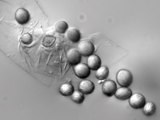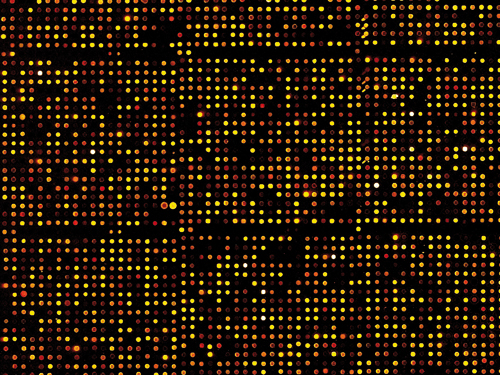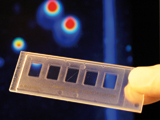Initial situation

Infections by yeasts and mold fungi lead to severe illnesses, especially in immunocompromised patients. With a mortalityrate of between 30 to 80 percent, the rapid detection of a pathogen, including its resistance spectrum, plays a particularly decisive role in the success of treatment. The classical detection of pathogens using culture-based methods (Microdilution,Etest®) can take up to 14 days for yeasts and mold fungi. Furthermore, clinical studies have shown that phenotypic resistance testing is subject to an error rate of up to15 percent. Cultivation often fails completely, even when the patient displays clear clinical symptoms. These cases require the initiation of a therapy of suspicion, which cannot be specifically matched to the pathogen.
Because of this, molecular biology methods such as sequencing, fluorescence-in-situ-hybridization (FISH), PCR or quantitative real-time PCR (qRT-PCR) are increasingly being used for the identification of pathogens. However, these methods have a limited multiplex capability. This means that only a small number of a large amount commonly occurring pathogensor resistances can be tested for (≤ 10 parameters). This makes numerous cost-intensive tests necessary, reducing the time advantage of the method.
 Fraunhofer Institute for Interfacial Engineering and Biotechnology IGB
Fraunhofer Institute for Interfacial Engineering and Biotechnology IGB
